Join Audrey Hinton as she shares her family ancestry.
INDOOR EXHIBIT IS CLOSED
1925 Vermont Ave, NW
Washington, DC 20001
Ph. 202-667-2667
Get updates on Museum news and special events right in your inbox!
© 2025 AACWM All rights reserved • Web Design by Liquid Web Designs •
Privacy Policy • Terms and Conditions
In the summer of 1964, the Civil Rights Movement launched one of its most ambitious and transformative campaigns: Freedom Summer. Organized primarily by the Student Nonviolent Coordinating Committee (SNCC), along with the Congress of Racial Equality (CORE), the NAACP, and the Southern Christian Leadership Conference (SCLC), the project was aimed at dismantling the deeply entrenched system of racial exclusion in Mississippi. With Black citizens systematically denied the right to vote and subjected to inferior schools and services, Freedom Summer sought to change the political and educational landscape of the state through grassroots action.
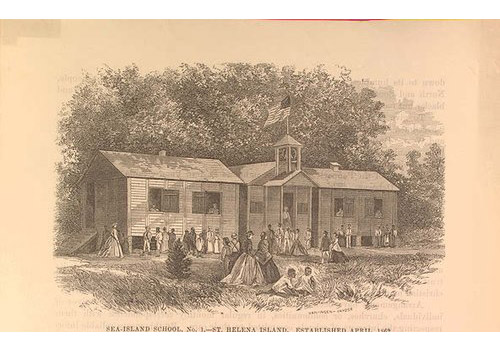
Grade Levels: 7 – 12
This primary source set is a collection of contextual documents to help learners understand the success of Reconstruction in the American South. Could the country be brought back together, or would the divisions of the war last well into the future?
Grade Level: 4 – 6, 7 – 12
Historian Hari Jones describes the series of events that led President Abraham Lincoln to issue the Emancipation Proclamation. This video is part of the Civil War Trust’s In4 video series, which presents short videos on basic Civil War topics.
Grade Level: 4 – 6, 7 – 12
Historian Hari Jones summarizes the experience of African American Civil War soldiers, from emancipation to the authorization of United States Colored Troops, to their experiences on the battlefield. This video is part of the Civil War Trust’s In4 video series, which presents short videos on basic Civil War topics.

Grade Levels: 9 -12
This lesson plan provides an overview of African Americans’ role in the Civil War and their efforts to secure citizenship rights and responsibilities. The Civil War Trust provided this lesson plan to the museum. It is appropriate for ninth to twelfth grades.
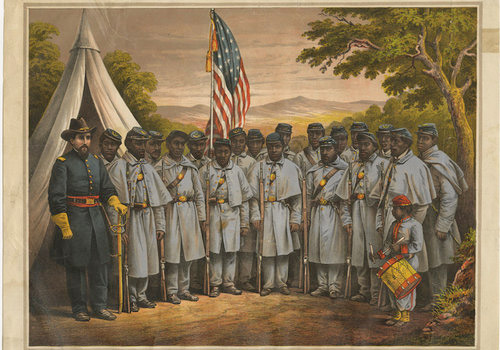
Grade Levels: 6 – 8
The Civil War Trust shared this lesson plan about the United States Colored Troops with the museum. Paul LaRue, a former Washington Court House, Ohio, teacher wrote it. The lesson plan is appropriate for middle school students and takes one week to complete.
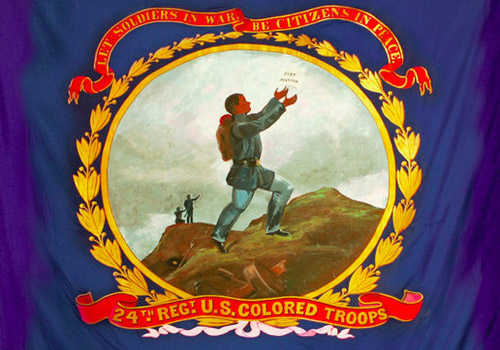
Grade Levels: 3-5
This lesson plans walks students through the flags of the United States Colored Troops. It is appropriate for third to fifth grades. Students can use the lesson plan during a visit to the African American Civil War Museum.
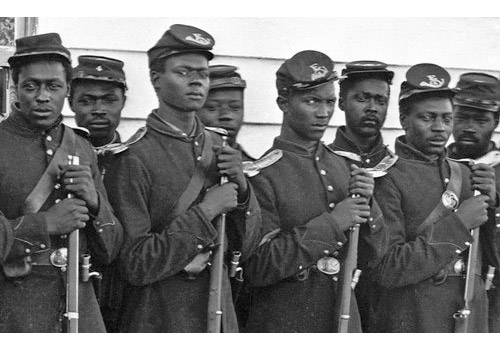
Grade Levels: k – 1, 2 – 3, 4 – 6, 7 – 12
Gale Carter, an East Chicago, Indiana, teacher, created this lesson plan to complement the AACWM museum’s teacher program, “Historic Sites of the United States Colored Troops.” Educators can adjust the lesson plan for a variety of grade levels.

Marquett Milton is the historical interpreter at the African American Civil War Memorial Museum and shares stories about the United States Colored Troops daily with visitors. Marquett enjoys historical reenactments and participates in several public reenactment programs each year on the United States Colored Troops, including – Fort Stevens in Washington, DC, and Fort Pocahontas in Virginia.

Dawn Chitty is the Director of Education at the African American Civil War Memorial Museum, where she has worked since 2010. Before joining the staff at the Museum, Dawn was a curriculum specialist and social studies teacher serving school districts in South Carolina.
Dawn specializes in 18th and 19th-century education and historical interpretation. She has developed interpretive programs in colonial life, chattel slavery, and archaeology for several historic sites in the Charleston area. She has also operated a successful tour company specializing in low country African American history called “Low Country Walks.”
She holds degrees in Anthropology and Education and a doctorate in Education. Her research focused on the topics of museum curriculum and pedagogy about slavery and abolition in the United States. As a doctoral student, she learned a lot about the importance of historical memory and its connection to inclusive pedagogy. She dedicates her time to initiatives and organizations that center on diversity, equity, and inclusion in curriculum and interpretation practices.

These lesson plans, created by Chantea Wright, Burnell Irby, and Michael DuBose, focus on the theme of Civil War to Civil Rights. They are suitable for middle and high school grade levels.

Grade Levels: 7 – 12
This set is a collection of primary sources focused on the work of abolitionists before the Civil War.
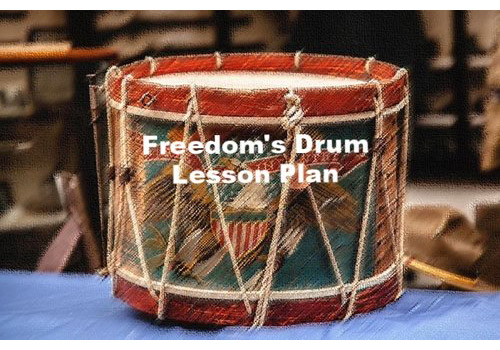
Grade Levels: 2 – 3, 4 – 6
Explore the communicative purpose of the Civil War drum and the work of some of the Union Army’s youngest soldiers. This lesson plan is suitable for students from second to sixth grade.

Grade Levels: 4 – 6, 7 – 12
Addy Walker’s family plans a dangerous escape from slavery during the summer of 1864. But before they can leave, the most terrible thing Addy can imagine happens, her Poppa and her brother, Sam, are sold! Addy and her momma decide they must head out on their own. Although the road to freedom is difficult, Addy’s new life brings new friends, school, and even the opportunity to help others. But when will her family be reunited?
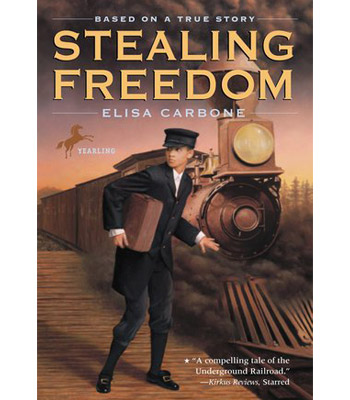
Grade Levels: 7 – 12
Twelve-year-old Ann Maria Weems works from sunup to sundown, wraps rags around her feet in the winter, and must do whatever her Master or Mistress orders. But she has something that many plantation slaves don’t have. She has her wonderful family around her. To Ann, her teasing brothers, her older sister, and her protective and loving parents are everything. And then, one day, they are gone.
Separated from her family by her Master and shipped off as a housemaid, Ann learns something about independence and love before the opportunity to escape arrives. A white man risks his life for Ann, cuts her hair short, dresses her like a boy, and starts her journey on the Underground Railroad to Canada to become free.
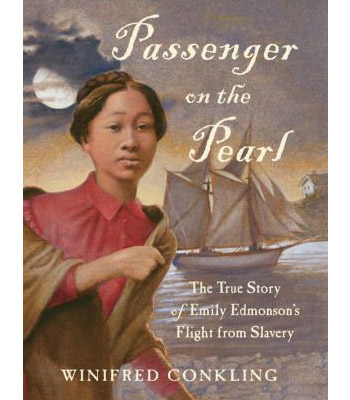
Grade Levels: 7 – 12
In 1848, thirteen-year-old Emily Edmonson, five of her siblings, and seventy other enslaved people boarded the Pearl undercover one night in Washington, D.C., hoping to sail north to freedom. Within a day, the schooner was captured, and the Edmonsons were sent to New Orleans and sold into even crueler conditions.
From Edmonson’s journey as an enslaved person to becoming a teacher at a school for African American young women, Winifred Conkling illuminates the daily lives of enslaved people, the often-changing laws affecting them, and the high cost of a failed escape.
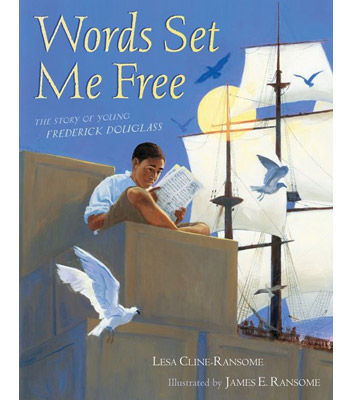
Grade Levels: K – 1, 2 – 3, 4 – 6
This picture book biography chronicles the youth of Frederick Douglass, one of the most prominent African American figures in American history. Douglass spent his life advocating for equality for all and accomplished it through reading. He stood up for himself and others.
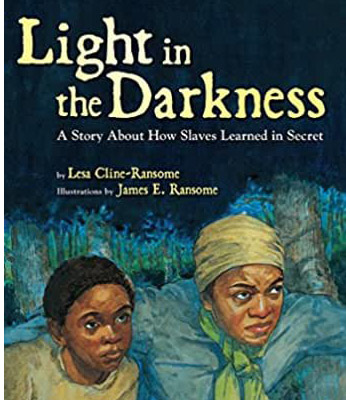
Grade Levels: K – 1, 2 – 3
Rosa and her mama go to school together silently in the dark of night, afraid that any noise they hear is a patroller on the lookout for escaped slaves. Their school is literally a hole in the ground, where they and other slaves of all ages gather to form letters out of sticks, scratch letters in the dirt, and pronounce their sounds in whispers. If the Master catches them, it’ll mean a whipping: one lash for each letter. No matter how slow and dangerous the process might be, Rosa is determined to learn and pass on her learning to others.
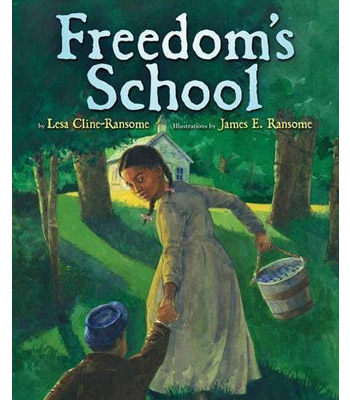
Grade Levels: K – 1, 2 – 3
When Lizzie’s parents are granted their freedom from slavery, Mana says it’s time for Lizzie and her brother Paul to go to a real school — a new one built just for them.

Grade Levels: 2 – 3, 4 – 6
A self-taught young slave astonishes fellow prisoners by reading the newspaper account of Lincoln’s new Emancipation Proclamation aloud. The story is based on the life of Benjamin Holmes.
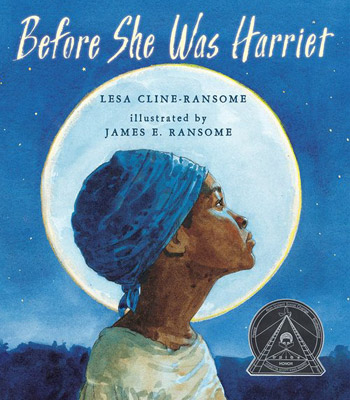
Grade Levels: Pre K – 1, 2 – 3
We know her today as Harriet Tubman, but she had many names in her lifetime. As General Tubman, she was a Union spy. As Moses, she led hundreds to freedom on the Underground Railroad. As Minty, she was a slave whose spirit could not be broken. As Araminta, she was a young girl whose father showed her the stars and the first steps on the path to freedom. Learn about her story in “Before She Was Harriet.”
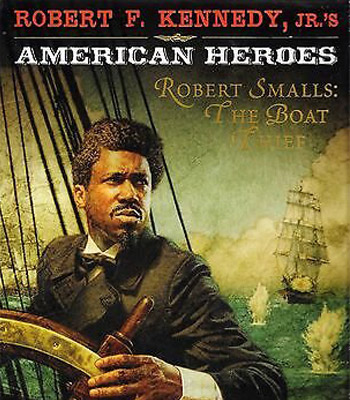
Grade Levels: 2 – 3, 4 – 6, 7 – 12
On a moonlit night in the spring of 1862, six slaves stole one of the Confederacy’s most crucial gunships from its wharf in the South Carolina port of Charleston and delivered it to the Federal Navy.

Grade Levels: K – 1, 2 – 3
Robert Scott Smalls was a slave aboard the Confederate gunboat called The Planter. This story tells the tale of Smalls’ heroic journey to freedom when he overtook The Planter and sailed himself and his family to freedom.
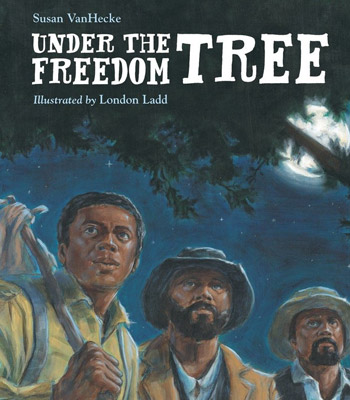
Grade Level: K – 1, 2 – 3, 4 -6
On a spring night in 1861, three slaves escaped to Union lines at Fort Monroe, Virginia. Union General Benjamin Butler decided not to return the slaves to their owners because their labor supported the Confederacy. “Under the Freedom Tree” is a poetic account of the contraband decision that would open the door for thousands of slaves to seek freedom.
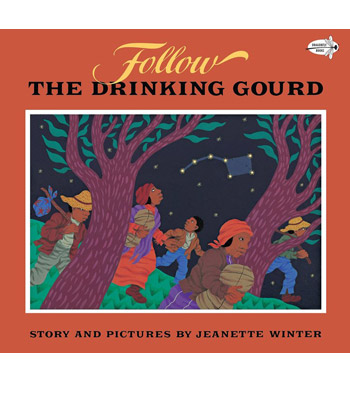
Grade Levels: Pre K – 1, 2 – 3
The Underground Railroad helped hundreds of slaves reach freedom. This moving tale chronicles the experience of the Underground Railroad.

Grade Levels: Pre K – 1, 2 – 3
This engaging book tells the story of Henry “Box” Brown. He was a slave in Virginia with dreams of liberty, so he mailed himself to the free state of Pennsylvania.

Grade Levels: K – 1, 2 – 3
Harriet Tubman was a slave on a plantation in Maryland. She escaped slavery and helped many others to escape. This book gives a glimpse into Tubman’s determination to be free.